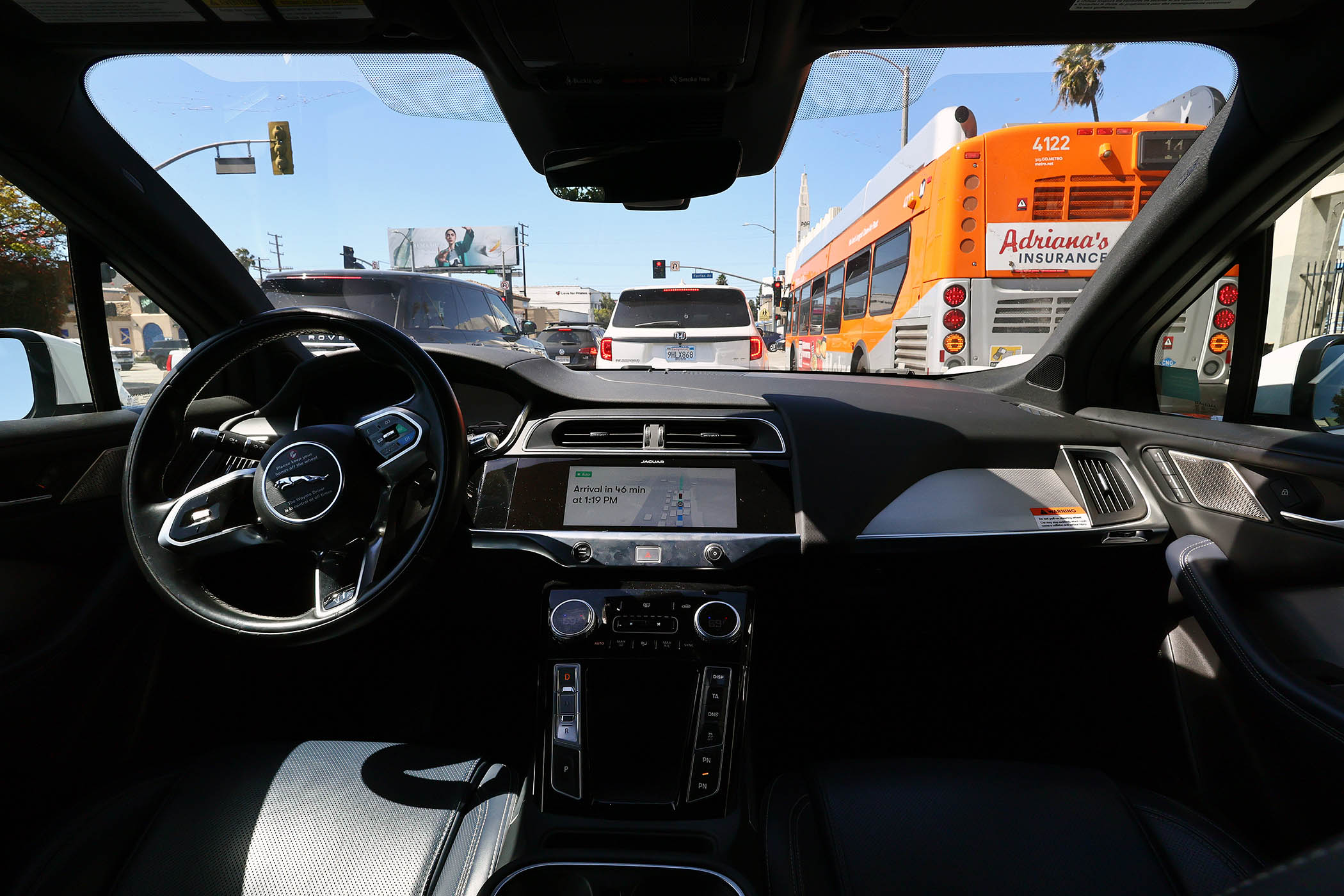The race to bring self-driving cars to the UK is on. On Wednesday, Waymo said it plans to launch a fully driverless robotaxi service in London in 2026 – the first European city to host the technology.
The announcement landed days after reports that Waymo’s UK rival – the similarly named Wayve – is in talks to raise up to $2bn, in a round led by Microsoft and SoftBank that could value it at about $8bn.
The UK government introduced rules in May last year to allow fully driverless vehicles on its roads. Waymo’s robotaxis are already a familiar sight in parts of San Francisco and four other US cities, where they deliver 1.3m rides a month. Owned by Google’s parent company, Alphabet, the firm has further plans to expand across the US and into Japan in 2026.
Waymo said it will begin its UK rollout with cars that have a safety driver on board, to collect data and test reliability in London, before moving to fully driverless rides. Wayve, meanwhile, has been testing supervised cars on London’s streets for the past year and, through a new partnership with Uber, plans to begin fully autonomous trials next spring.
Some commentators fear the US company’s arrival could threaten one of the UK’s most prominent AI startups, at a time when Britain is eager to showcase its strengths in artificial intelligence. Waymo’s global brand recognition may give it an early advantage in what is likely to become a congested market. But investors in Wayve who spoke to The Observer are not too concerned. “They have different business models,” says one. Waymo operates an end-to-end driverless taxi service, running its own cars, app and pricing. Wayve, by contrast, is building an “AI driver” that it licenses to partners such as Uber. Its revenue comes from partnerships, while others bear the cost of vehicles and operations.
The companies’ AI models are also trained differently. Waymo’s cars rely on detailed 3D maps and sensors, allowing them to drive safely only in areas that have been carefully charted, hence its focus on gridded cities like San Francisco. Wayve’s system, on the other hand, uses an “end-to-end” AI model trained on driving videos. This enables its cars to learn directly from experience, potentially giving it an edge on Europe’s meandering streets.
Photograph by Mario Tama/Getty Images

